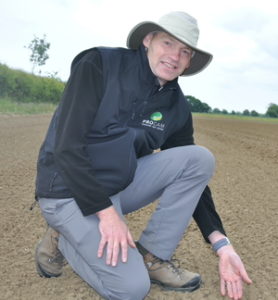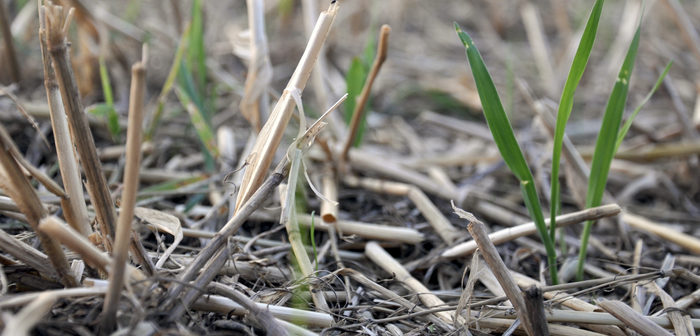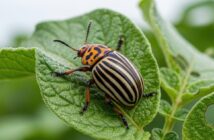It may be tempting to drill winter cereals promptly as soon as conditions allow, but there are multiple reasons not to drill too early this season if you have grass weeds, says Paul Gruber, regional technical manager for agronomy firm, ProCam.
- High black-grass seed dormancy
High dormancy in black-grass seed shed this summer, following the wet, overcast June, means black-grass is set to germinate later than average this autumn, says Mr Gruber. So by delaying drilling as much as is practical, he says it allows more time for this black-grass to emerge and be controlled before the crop is planted, leaving less of a weed burden to deal with in the crop itself.
Mr Gruber says: “It can take several months for a decent proportion of shed black-grass seed to emerge when dormancy is high. Do not be lulled into thinking that if we have moist soils then black-grass seeds shed this year will germinate any earlier. Dormant seeds will still only germinate when they are ready.”
- Natural weed seed reductions
Especially if it is dry, leaving shed weed seeds on the soil surface as long as possible before attempting any type of cultivation or seedbed preparation allows nature to play a hand in helping to reduce weed numbers, says Mr Gruber, as weed seeds are eaten by predators and degraded by UV light.
- Cooler and moist soils

Paul Gruber
Delaying drilling not only helps reduce the size of the weed burden germinating in the crop, it will also improve results from herbicides, Mr Gruber notes.
“Cooler weather as we move through autumn means residual herbicides aren’t broken down as readily in the soil, extending their period of activity, while higher soil moisture levels, provided it is not too wet, enhance root uptake of soil herbicides.
“Maintaining residual herbicide performance as long as possible is particularly important in seasons of high black-grass seed dormancy, so that you can catch later germinators. There may also be advantages in applying soil-acting herbicides in sequences rather than in a single tank-mix in some fields this season, to further extend the period of residual activity.”
- To maintain progress
Growers have made big inroads into reducing blackgrass seedbanks over recent years, says Mr Gruber, but progress can be lost in a single year by drilling too early, and in particular by not allowing time for enough black-grass to emerge in stale seedbeds before killing it off.
He says: “Do not consider a stale seedbed has done its job until it has produced at least one good flush of blackgrass. Even after a good rain has wetted the soil profile, this can still take a couple of weeks.”
- To tackle other weeds
Delaying drilling is known to reduce black-grass pressures. But it will also help against other grass weed problems that are on the rise, says Mr Gruber, notably ryegrass and against certain species of brome.
He says: “Ryegrass has a naturally wider germination window than black-grass, and there is increased brome tolerance to certain herbicides, so delaying drilling could also be useful if you are seeing these problems more often.
“Even if your only grass weed is annual meadow-grass, if you drill too early, this too can become more problematic.”




